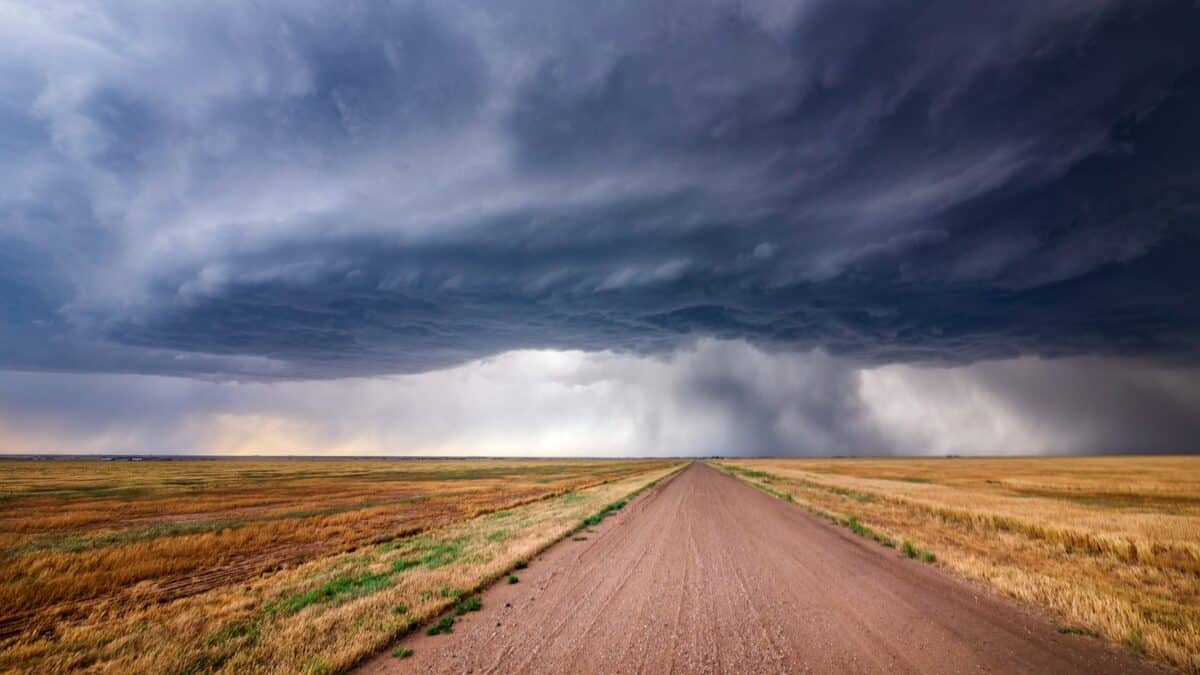Amidst concerns about vanishing wetlands across America, a remarkable ecological success story is unfolding in a state few would expect. While coastal states like Louisiana and Florida typically dominate discussions about wetland ecosystems, it’s actually in North Dakota where America’s fastest-growing wetland is thriving.
The Prairie Pothole Region in this northern Great Plains state is experiencing an unprecedented expansion, challenging conventional wisdom about where wetland growth occurs. This ecological phenomenon demonstrates nature’s resilience and raises important questions about conservation, climate change, and the future of America’s critical water ecosystems. Let’s explore this surprising wetland renaissance and what it means for our environmental future.
The Prairie Pothole Region: North Dakota’s Hidden Ecological Treasure
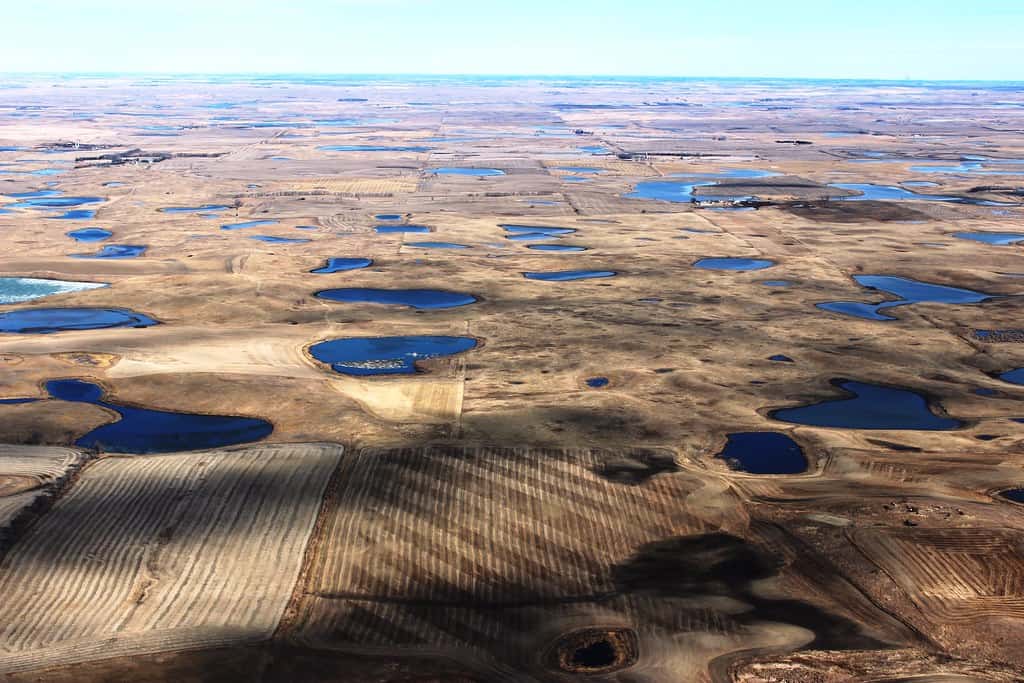
The Prairie Pothole Region spans approximately 300,000 square miles across five states and three Canadian provinces, with North Dakota hosting a significant portion of this unique landscape. Formed by glacial activity during the last ice age, these shallow depressions collect snowmelt and rainwater, creating thousands of small wetlands often called “potholes.” These wetlands dot the landscape like a constellation of small ponds and marshes, creating a mosaic of habitats that support incredible biodiversity.
Despite covering just 10% of North America’s waterfowl breeding area, this region produces 50-80% of the continent’s duck population, earning it the nickname “North America’s duck factory.” The Prairie Pothole Region in North Dakota represents one of the most productive wetland ecosystems in the world, yet remains relatively unknown to many Americans.
Surprising Growth Metrics: How North Dakota Claimed the Title

Recent satellite data and ground surveys from the U.S. Fish and Wildlife Service have documented a 20% increase in wetland acreage across North Dakota over the past decade, the fastest growth rate of any state. This translates to approximately 125,000 additional wetland acres since 2010. What makes this growth particularly remarkable is that it runs counter to the national trend of wetland loss, which continues at an average rate of 80,000 acres annually in the United States.
Research published in the Journal of Soil and Water Conservation reveals that some areas within North Dakota’s portion of the Prairie Pothole Region have experienced water surface area increases of up to 37% in certain watersheds. These metrics stand in stark contrast to states traditionally associated with wetlands, like Louisiana, which has lost nearly 2,000 square miles of wetlands since the 1930s. North Dakota’s wetland expansion represents a rare bright spot in America’s otherwise troubling wetland conservation story.
Climate Change: The Unexpected Driver Behind Wetland Expansion
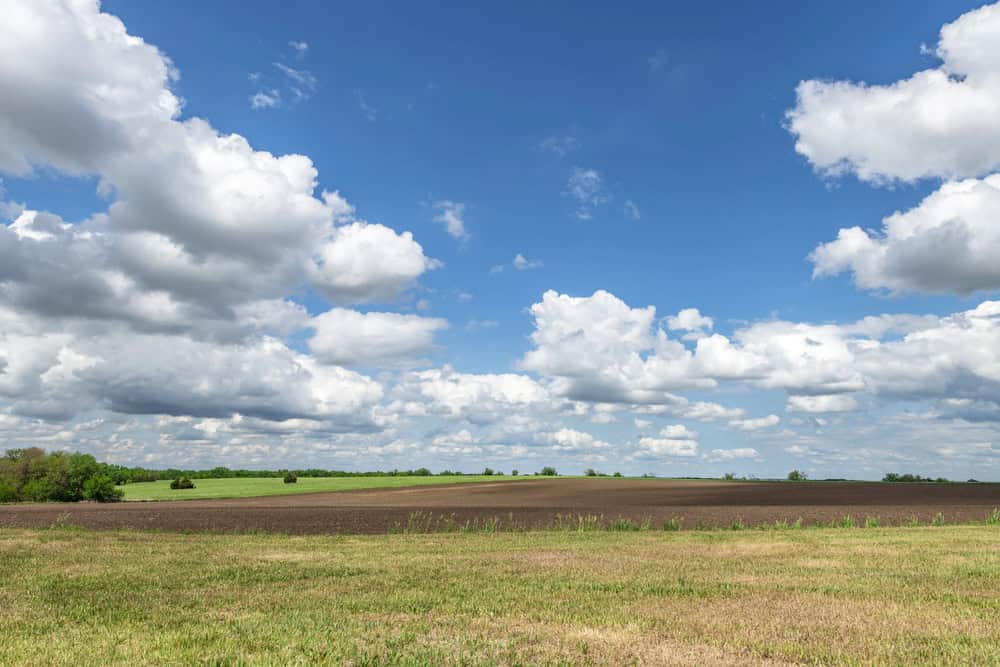
Paradoxically, climate change—which threatens many wetlands globally—appears to be a primary driver behind North Dakota’s wetland growth. According to research from the U.S. Geological Survey, North Dakota has experienced a 10-15% increase in annual precipitation since the 1990s, with particularly wet cycles occurring between 2009-2011 and 2018-2020. Climate models suggest this increased precipitation is linked to warming atmospheric conditions that allow air to hold more moisture.
Additionally, shifts in storm patterns have brought more frequent intense precipitation events to the northern Great Plains. The timing of precipitation has also changed, with more winter precipitation falling as rain rather than snow, leading to greater spring runoff. This climatic shift, while potentially disruptive to agricultural systems and infrastructure, has created ideal conditions for wetland expansion in the Prairie Pothole topography. Scientists caution, however, that these benefits could reverse if the region experiences more severe drought cycles in coming decades, highlighting the complex relationship between climate change and wetland ecosystems.
The Agricultural Connection: Farming Practices and Conservation Programs
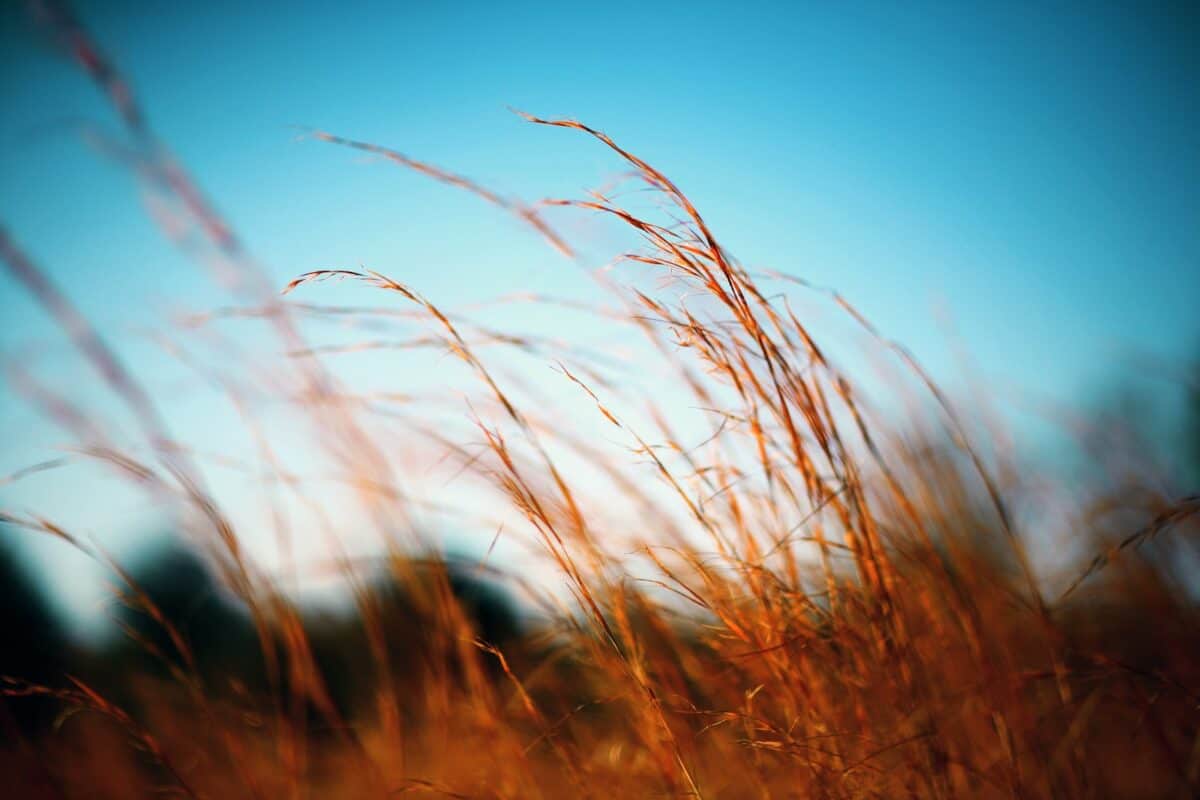
North Dakota’s agricultural landscape has undergone significant transformation in recent decades, contributing to wetland expansion in unexpected ways. The adoption of conservation tillage methods by many farmers has reduced soil erosion and increased water infiltration, helping maintain groundwater levels that sustain wetlands. Additionally, federal conservation programs like the Conservation Reserve Program (CRP) and Wetland Reserve Program (WRP) have incentivized farmers to restore marginal agricultural lands to natural states.
Since 2000, North Dakota farmers have enrolled over 1.8 million acres in these voluntary conservation programs, creating buffer zones around existing wetlands that improve water quality and prevent drainage. The Natural Resources Conservation Service reports that payments to North Dakota landowners for wetland conservation exceeded $38 million in 2021 alone. This partnership between agricultural interests and conservation goals represents a successful model for sustainable land management that benefits both farmers and natural ecosystems, contributing significantly to the state’s wetland growth phenomenon.
Wildlife Renaissance: Species Thriving in North Dakota’s Expanding Wetlands
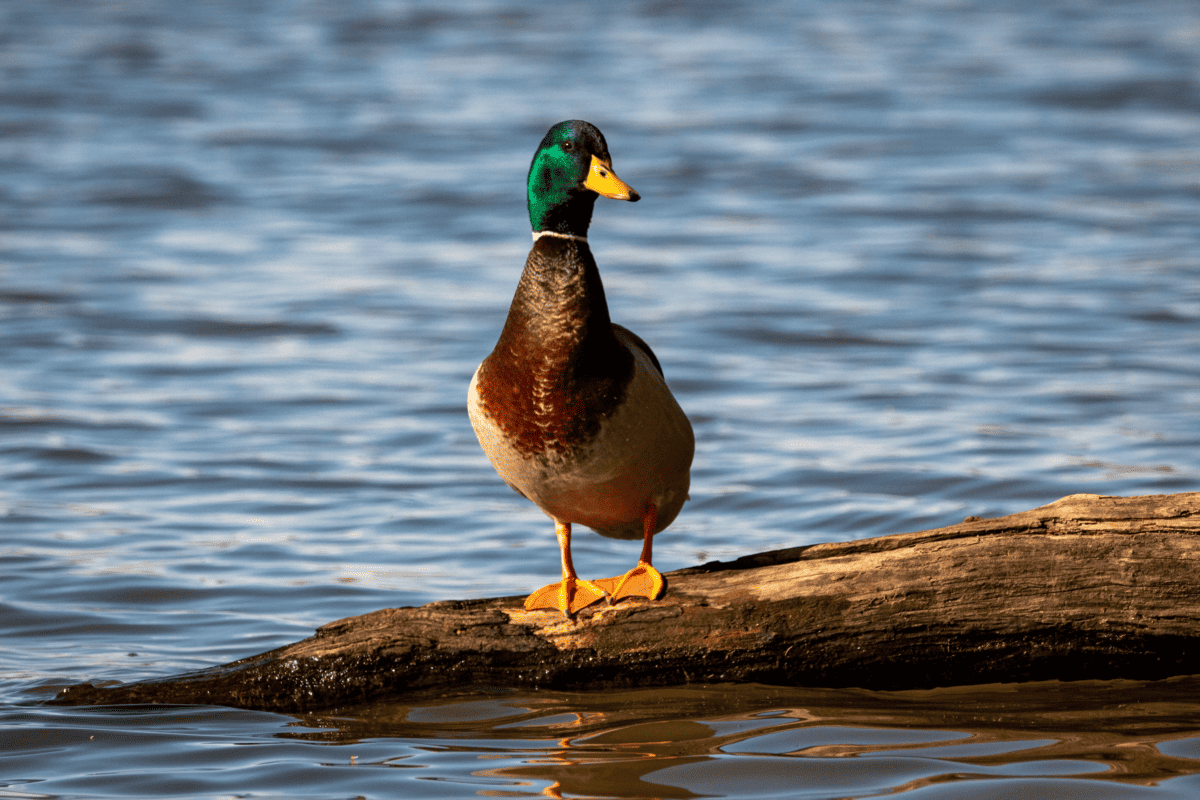
The expansion of North Dakota’s wetlands has triggered a wildlife renaissance, with populations of numerous species rebounding dramatically. Waterfowl have been the most visible beneficiaries, with breeding duck populations increasing by approximately 37% since 2000, according to U.S. Fish and Wildlife Service surveys. Mallards, blue-winged teal, and northern pintails have shown particularly strong population growth. Beyond birds, amphibian species like the northern leopard frog and tiger salamander have expanded their range by an estimated 15% in the past decade.
Muskrat populations have more than doubled in many areas, creating complex wetland structures through their feeding and den-building activities. These wetlands also support diverse plant communities, including rare species like the western prairie fringed orchid, which has seen a 22% increase in documented occurrences since 2015. Even larger mammals benefit from the expanded wetland habitats, with moose—once rare in North Dakota—now established in growing numbers throughout the northeastern portion of the state. This biological diversity demonstrates the cascading ecological benefits of wetland expansion.
Challenges of Rapid Wetland Growth: Not All Growth Is Smooth
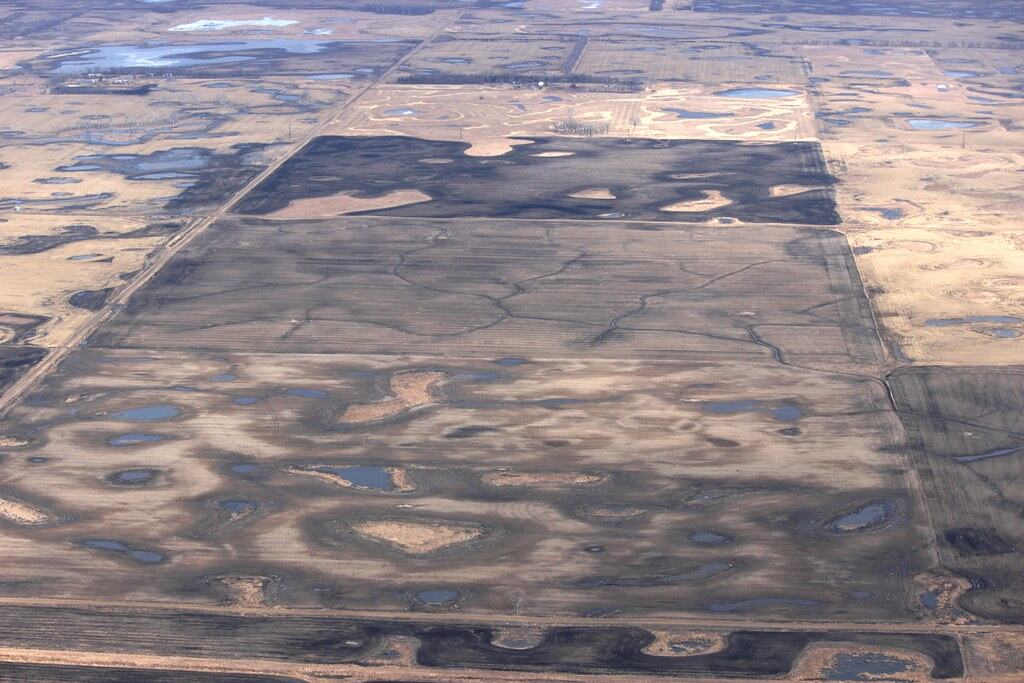
Despite the ecological benefits, North Dakota’s rapid wetland expansion has created significant challenges for local communities and infrastructure. Flooding has become more frequent and severe, with property damage estimated at over $2 billion between 2010 and 2020. Roads and highways have been particularly affected, with the North Dakota Department of Transportation reporting increased maintenance costs of approximately $43 million annually due to water-related issues.
Agricultural producers face complications as well, with an estimated 850,000 acres of previously farmable land becoming too saturated for crop production in the past decade. These challenges have created political tension surrounding wetland management, with some advocating for drainage projects while others push for adaptation strategies that accommodate the changing landscape. Local governments have been forced to invest in expanded stormwater infrastructure, often straining limited rural budgets. These complications highlight how even positive ecological changes can create complex socioeconomic ripple effects that require thoughtful management and policy solutions.
The Carbon Sequestration Bonus: Wetlands as Climate Allies
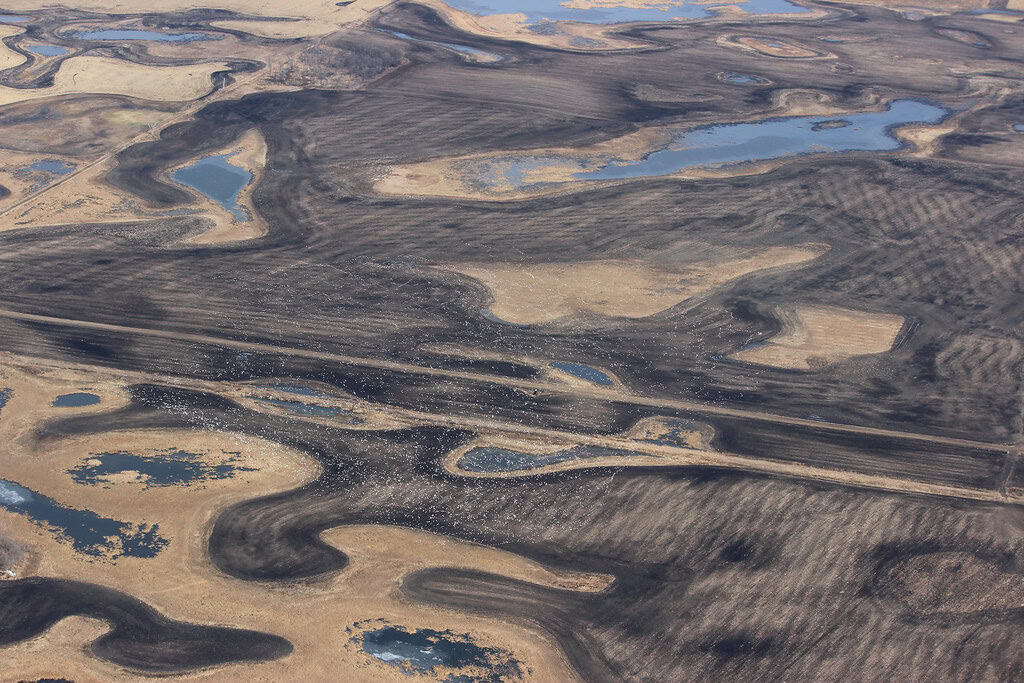
North Dakota’s expanding wetlands provide a significant but often overlooked benefit in the fight against climate change: carbon sequestration. Research from North Dakota State University has shown that prairie pothole wetlands sequester carbon at rates between 4-6 tons per acre annually, among the highest rates of any natural ecosystem. With approximately 2.7 million acres of wetlands now in North Dakota, this translates to roughly 13.5 million tons of carbon dioxide equivalents sequestered yearly—comparable to removing 3 million cars from roads.
The process occurs as wetland plants capture carbon through photosynthesis, then deposit it in soils as organic matter when they die and decompose in oxygen-poor conditions. These carbon-rich soils can store the carbon for centuries when left undisturbed. Additionally, methane emissions—often a concern in wetland environments—are relatively low in prairie potholes due to their seasonal drying cycles and sulfate-rich soils. This climate mitigation service adds another dimension to the value of North Dakota’s growing wetlands, potentially opening new funding streams through carbon offset markets that could further incentivize conservation efforts.
Hydrological Impact: How Growing Wetlands Affect Water Systems

The expansion of North Dakota’s wetlands has transformed the state’s hydrological systems in profound ways. These wetlands function as natural water filters, removing an estimated 60-90% of nitrogen and phosphorus from water that passes through them. This filtering capacity has improved water quality in downstream rivers and lakes, with monitoring stations on the Red River showing a 23% reduction in nitrogen loads since 2005. The wetlands also serve as natural flood control mechanisms, with each acre capable of storing approximately 330,000 gallons of water during peak flood periods.
This storage capacity has reduced flood peaks on major rivers by 10-15% during recent high-water events. Groundwater recharge represents another critical function, with research from the U.S. Geological Survey indicating that the expanded wetlands contribute approximately 800,000 acre-feet of water annually to the underlying aquifers. This recharge helps stabilize water tables that supply drinking water to many rural communities. The integration of these expanded wetlands into the broader hydrological landscape has created a more resilient water system that better accommodates climate variability while supporting human and ecological needs.
Comparing North Dakota to Traditional Wetland States
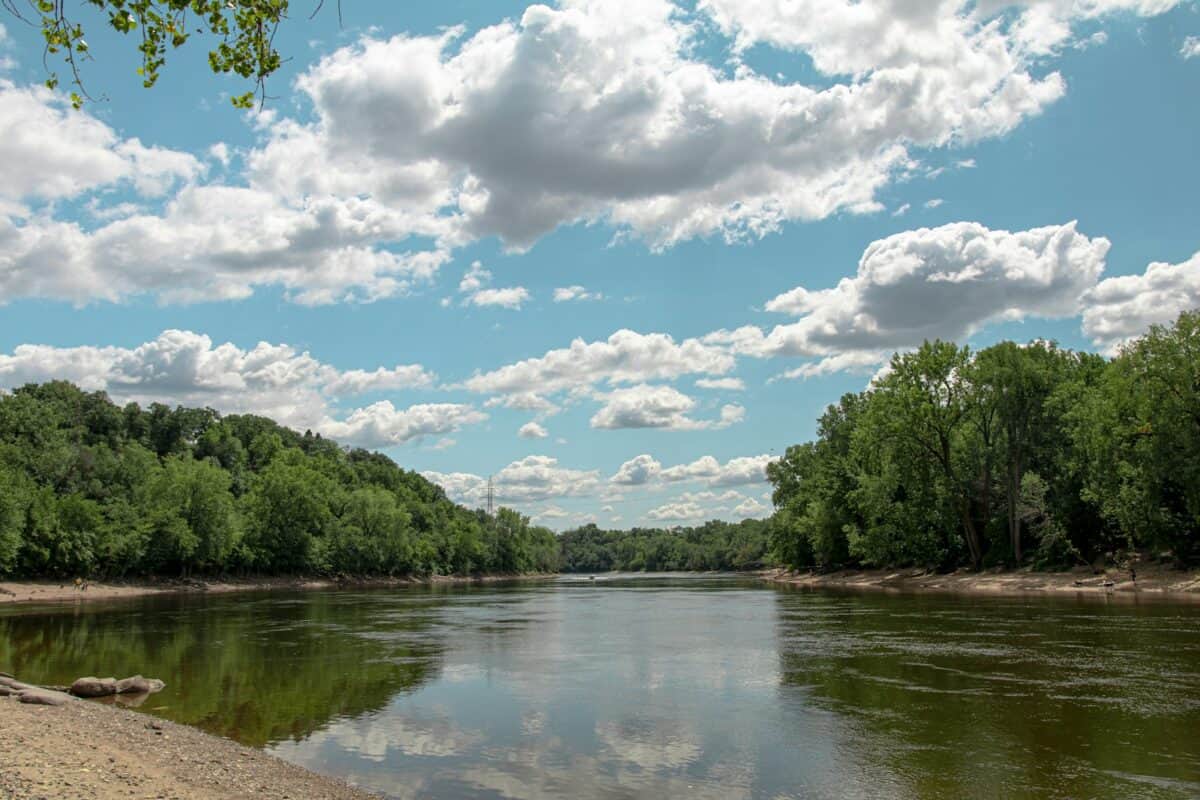
When comparing North Dakota to states traditionally associated with extensive wetlands, the contrast is striking. Louisiana, home to 40% of America’s coastal wetlands, continues to lose approximately 16 square miles annually, primarily due to sea level rise, coastal erosion, and human alterations to the Mississippi River’s natural processes. Florida, with its iconic Everglades, has lost nearly half of its original wetland coverage since the 1800s and continues to see wetland conversion for development despite restoration efforts.
Even Minnesota, known as the “Land of 10,000 Lakes,” has experienced a net wetland loss of approximately 1% over the past decade according to state environmental records. North Dakota stands alone among major wetland states in experiencing significant net growth rather than loss. However, the nature of these wetlands differs substantially from coastal marshes or tropical swamps—prairie potholes are typically smaller, shallower, and more seasonal than wetlands in these other states. Despite these differences, North Dakota’s trend reversal represents an important counter-narrative to the prevalent story of wetland decline, offering valuable lessons for conservation nationwide.
Conservation Lessons: What Other States Can Learn
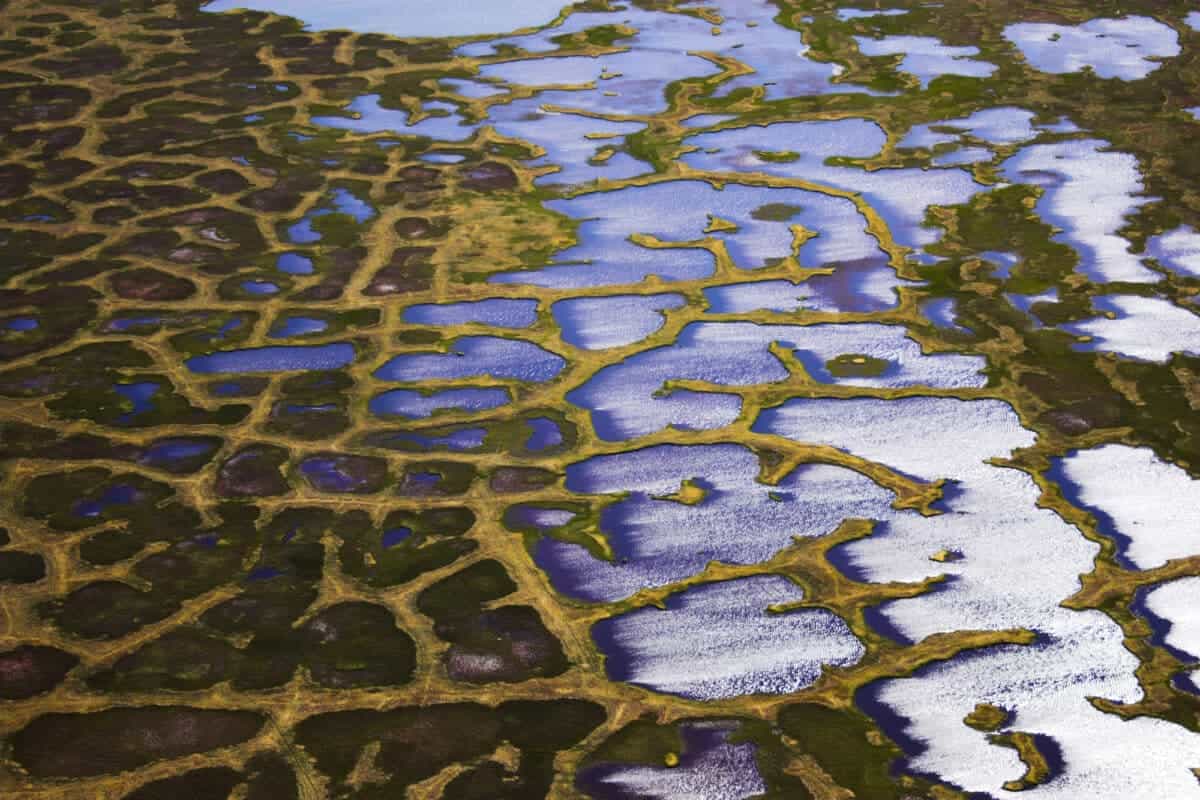
North Dakota’s wetland success story offers valuable conservation lessons for other states facing wetland challenges. First, the integration of agricultural practices with conservation goals demonstrates how economic and environmental interests can be aligned rather than opposed. The voluntary conservation programs that have proven successful in North Dakota provide templates that can be adapted to regional conditions elsewhere. Second, North Dakota’s experience highlights the importance of understanding and working with changing climate patterns rather than simply trying to maintain historical conditions.
Third, the state’s approach to watershed-level planning rather than focusing on individual wetlands has created more resilient systems. Fourth, public-private partnerships between government agencies, conservation organizations, and landowners have proven more effective than top-down regulatory approaches alone. For instance, Ducks Unlimited and other conservation organizations have invested over $75 million in North Dakota wetland projects since 2010, leveraging public funds with private conservation dollars. Finally, North Dakota’s comprehensive monitoring systems provide data-driven insights that enable adaptive management approaches. These lessons can be particularly valuable for states in the Midwest and Great Plains with similar landscapes and challenges, offering practical pathways to reverse wetland losses.
Future Outlook: Will the Growth Continue?

The future trajectory of North Dakota’s wetland expansion remains uncertain, contingent upon multiple interacting factors. Climate projections suggest the northern Great Plains will likely continue experiencing increased precipitation for at least the next two to three decades, potentially supporting continued wetland growth. However, climate scientists also warn of more extreme variability, with intense wet periods potentially followed by severe droughts that could temporarily reverse gains. Economic pressures represent another variable, as high commodity prices could incentivize farmers to convert wetlands to cropland despite conservation programs.
Technological developments in agricultural drainage could also threaten wetlands if regulatory frameworks don’t adapt quickly enough. Political factors will play a crucial role, with federal farm policy and conservation funding directly impacting landowner decisions regarding wetland management. State and local governments in North Dakota have increasingly incorporated wetland considerations into their land use and infrastructure planning, potentially creating more accommodation for expanded wetlands. Research from North Dakota State University suggests that under moderate climate change scenarios and with continued conservation policies, the state could see an additional 5-10% increase in wetland acreage by 2050, though this growth would likely occur at a slower rate than the recent boom.
Conclusion: The Significance of North Dakota’s Wetland Phenomenon
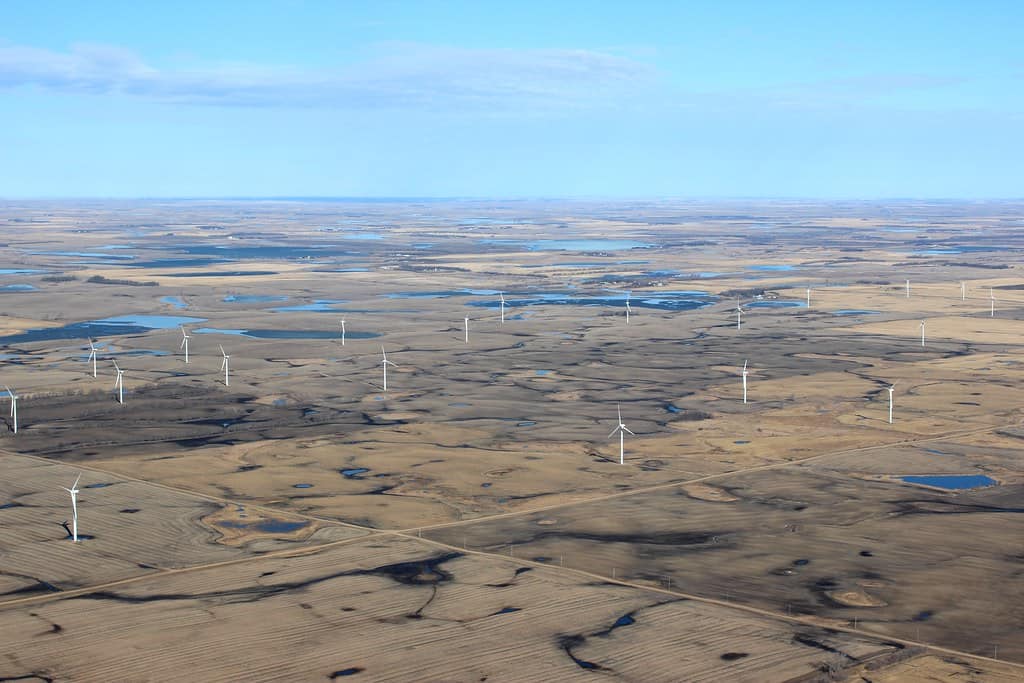
North Dakota’s rapidly expanding wetlands represent more than just an ecological curiosity—they constitute a significant environmental success story with implications that extend far beyond state borders. These growing prairie pothole wetlands demonstrate nature’s resilience and adaptability in the face of changing conditions, providing critical wildlife habitat, improving water quality, mitigating floods, and sequestering carbon.
The collaboration between agricultural producers, government agencies, and conservation organizations in North Dakota offers a working model for how economic activities and environmental conservation can be mutually reinforcing rather than oppositional. As America confronts the dual challenges of climate change and biodiversity loss, North Dakota’s unexpected wetland growth provides both inspiration and practical lessons that can inform conservation efforts nationwide. This prairie state’s wetland renaissance reminds us that with the right conditions and management approaches, even in an era of environmental decline, nature can stage remarkable comebacks.
- The Most Beloved Animal Characters Based on Real Species - August 22, 2025
- America’s Fastest-Growing Wetland Is in an Unexpected State - August 22, 2025
- This U.S. City Faces a 1-in-3 Chance of Flooding Every Year - August 22, 2025

